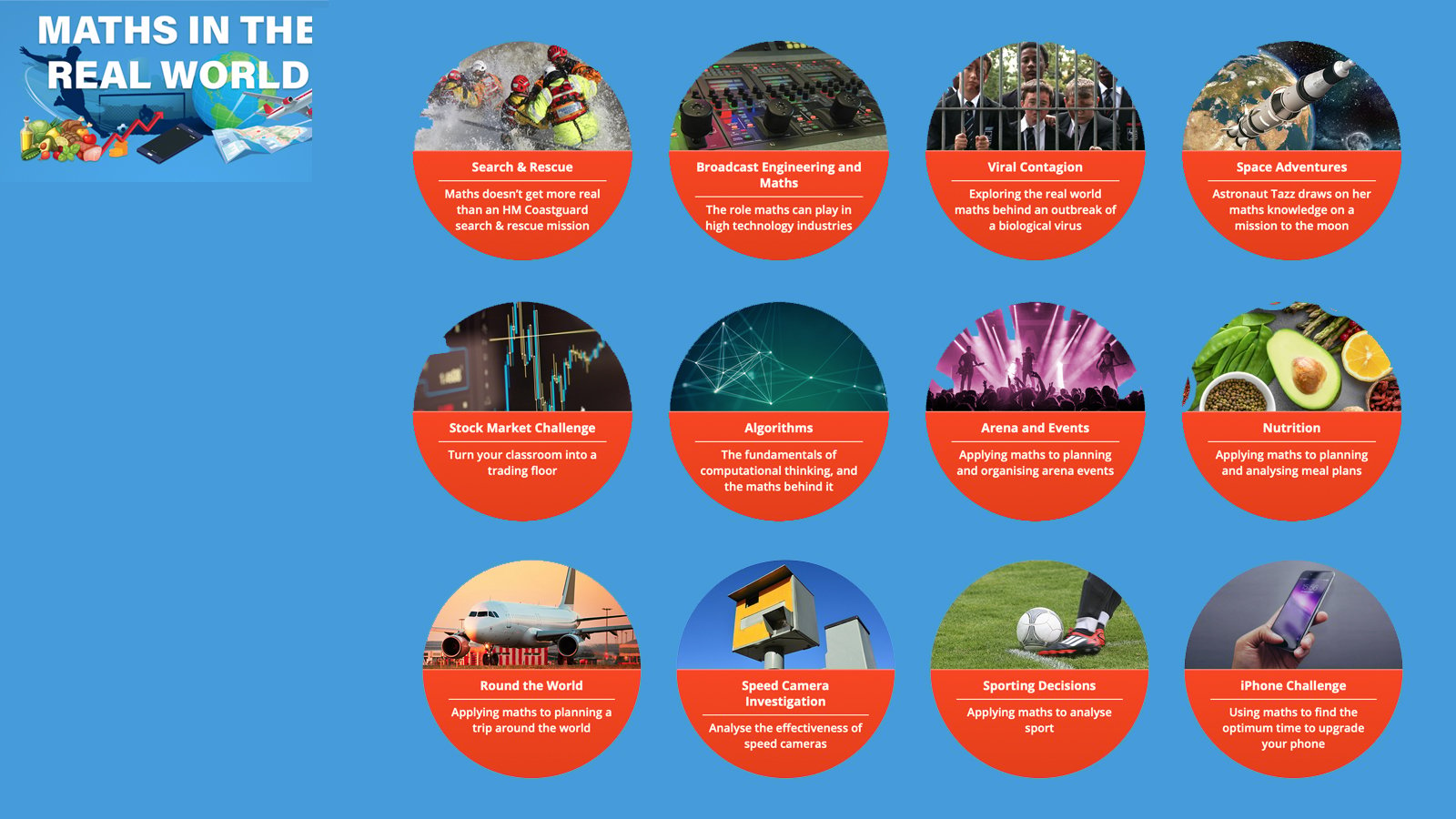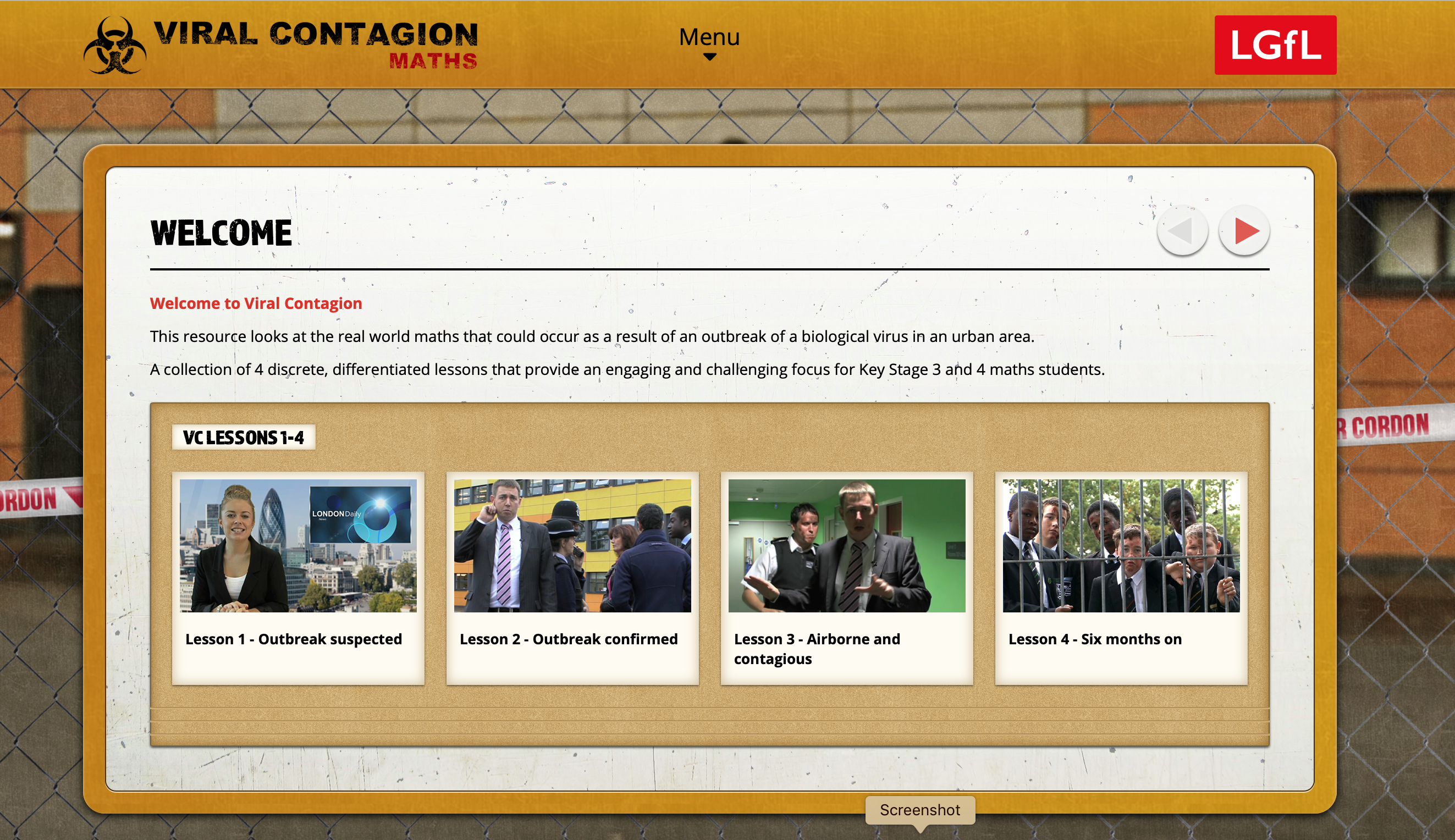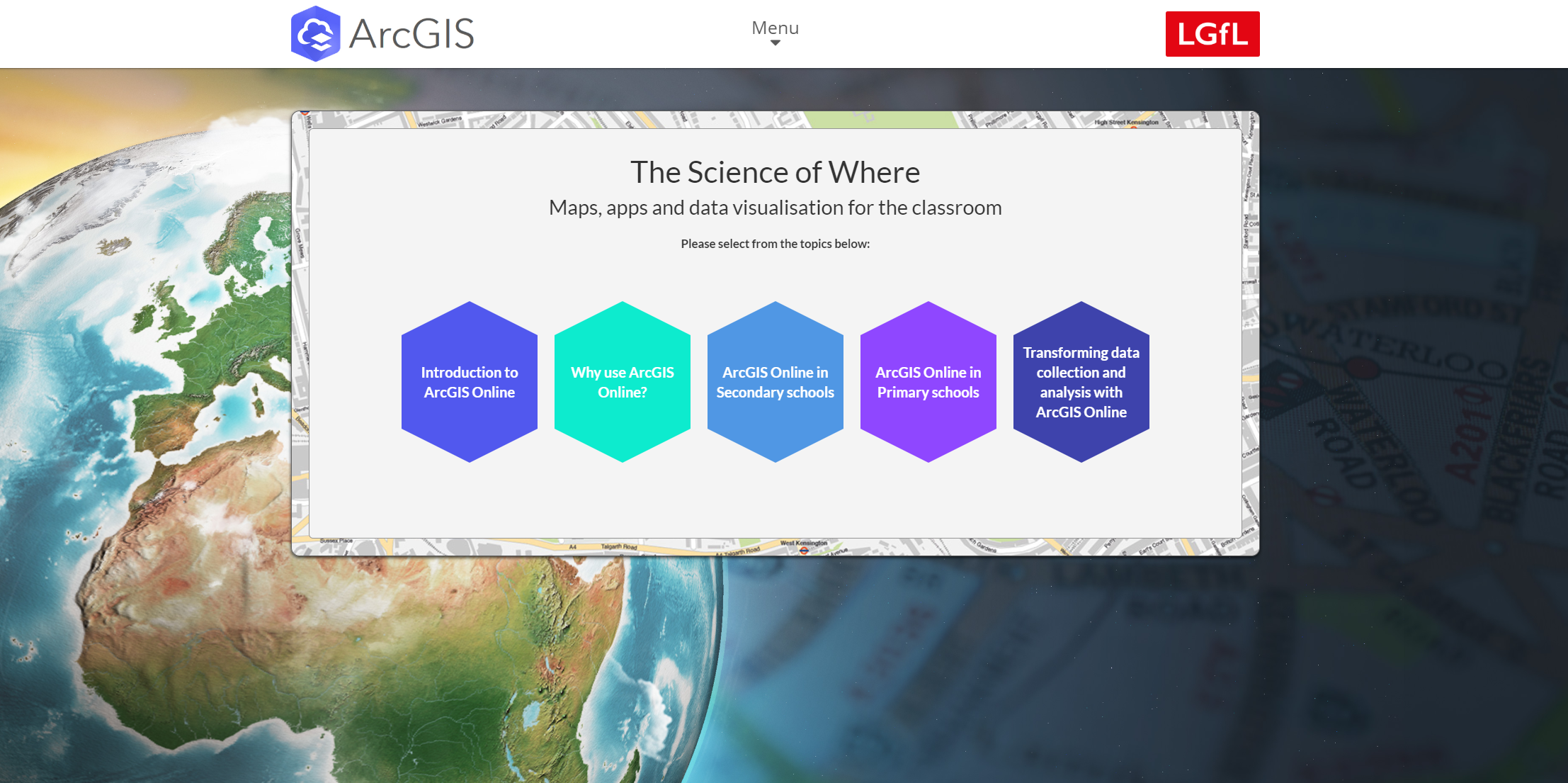Curriculum Blog
Maths in the Real World
‘Most pupils want to know why they are studying something; this is particularly significant in relation to the maths curriculum.”

Maths in the Real World (MITRW) is a unique collection of real-world contexts where the role of maths is explored. The collection has been created to engage with a wide range of learners and move away from the non-interactive textbook based maths lessons. The resource supports a wide range of objectives of the national curriculum for maths for Key Stages 3, 4 and 5.
Each of these topics include guidance for teachers, aswell as differentiated levels of support. For example, The iPhone Challenge explores how a deeper understanding of probability could save you money when thinking of upgrading your phone, while the Stock Market Challenge offers a real world simulation of live stock market changes and how they can impact on the performance of shares and ultimately how much money can be won or lost. Search and Rescue explores unique life and death real world emergency situations and Viral Contagion dramatises a fictional but all too realistic real-world biological outbreak of a virus.

"The reasons these resources are effective is because most students want to know why they are learning something, not just learning it for the sake of it. You need to link the activity to something real and these resources do exactly that." Grahame Smart (LGfL Maths Consultant)
The topics covered not only relate to the maths objectives of the National Curriculum but also links to other curriculum objectives - geography, technology and physical education linking to the national curriculum requirements that states that pupils should: also apply their mathematical knowledge in science, geography, computing and other subjects.
Teachers can search the resources in both through the topics listed above, or by national curriculum objectives, ensuring resource discovery is efficient. As well as a range of differentiated resources, MITRW is further enhanced in terms of accessibility with Widgit Point. The font of the resource can also be changed to Dyslexia font a unique font that enhances reading ability.
The resource also gives examples of how schools have used the modules and how to enhance the material further through the use of learning platforms. This helps to make use of online learning to further increase student engagement and quantify their achievements in a more dynamic and immediate way than via traditional textbook approaches.
UK Maritime Commander explains how, and why, the HM Coastguard Service got involved in providing a context for the Search and Rescue maths resources. The story behind the creation of Search and Rescue can be viewed via the video below:
The resource even allows pupils to understand how maths can sometimes be the difference between life and death, thanks to the involvement of HM Coastguard.
National Maritime Operations Commander Mark Rodaway OBE explained: “When it comes to our search and rescue operations, time is of the essence. Every day we use mathematical principles such as algebra, bearings, mechanics, vectors and probability in our life-saving work. Maths is vital to how we do things such as calculating a potential search area by working out where someone in trouble in the water or in a life raft is likely to be or working out the time it will take a lifeboat to evacuate an injured crewmen from a ship. If our collaboration with LGfL can inspire young people to use maths in a practical way then it has been really worthwhile and who knows - we may also be training the next generation of Coastguard Officers.”
Although the resource does not track progression and achievement, it was used in a Maths Boot Camp harnessing both the real world nature of the resource alongside cloud platforms. The cohort of thirty GCSE students targetted were all characterised by their school maths teachers as underachieving students (they had previously met or exceeded "expected standards" when at primary school ie the old Level 4 or 5).
“It is rare that you see genuine excitement in a maths setting. The live events and resources provided by LGfL have delivered genuine enthusiasm and engagement in the subject.” Headteacher, Bonus Pastor School.
As well as supporting existing teaching practice in schools, LGfL is committed to leading schools into the adoption of not only new technologies but new ways of delivering the curriculum that focusses on effectiveness of teachers and maximising learning outcomes for all leaners. The Maths in the Real world is a good example of the latter as Bob Usher LGfL Content Manager explains:
‘LGfL provide a wide range of learning resources that support the effective delivery of numeracy using approaches that are tried and trusted for the mainstream teaching audience, but we also offer range of resources that really push both the teachers and the learners into new approaches which offer the possibility of better outcomes for all. One of the patterns we have seen time and time again across our schools, and particularly in secondary schools, is too much reliance on textbook based maths teaching that has no direct connection with the students daily lived experience. Key Stage 3 and 4 students are expected to master a wide range of challenging mathematical concepts and unless we can connect them with the reasons why they know (and care) we are going to lose too many along the way which means underachievement where we should be securing excellence through innovation.’
In February 2020 a new section called ‘Maths Exams in the Real World’ was added which provided expert guidance and insight into the previous year’s GCSE exam results and offers advice on how to help students learn from the mistakes of last year's pupils. A different kind of maths in the real world but no less helpful to secure the best outcome for all young mathematicians on their GCSE exams in 2020 and beyond.
LGfL was recently shortlisted for a prestigious 2020 Bett Award for the Maths in the Real World resource and although it did not win, the shortlisting highlights the quality, relevance and innovation. But what next for the resource? LGfL Maths Consultant and Project Co-producer Grahame Smart explains:
‘In order to unlock the potential of all our students we are going to need to find ways of connecting their lived experience with the maths curriculum. We can do that by exploring everyday concepts that are packed full of maths, but they just don’t realise it. How many times has a footballer been sent off for a bad tackle or swearing at the ref in their career? Can you work out the worst-behaved footballers through analysing their yellow and red card record and exploring a range of statistics within the maths curriculum? These topics really make students sit up and listen and want to learn. We have been working with LGfL on the use of the ArcGIS geographical information system provided by esri Uk and I have been developing material that explore the spatial and mathematical distribution of … chicken takeaway shops! I also have been using the maths behind mobile phones to engage less able students. Resale value, battery life, data allowances, they are all familiar elements of their daily lives, but they don’t realise how maths underpins the services they use everyday’.

So what next for Bob and Grahame in their quest for engaging school mathematicians and driving up standards? ‘Oh we are never short of ideas, and love to see previously disaffected learners really engaged with complex mathematical concepts when using this kind of material. It really makes all the effort to create these resources worthwhile.’ Bob Usher said.
If you are using Maths in the Real World with your students, we would love to see pictures and work, please share via our Twitter or Facebook pages #MITRW.
